Cisco’s Application Centric Infrastructure 5.0 software targets cloud networks in large data centers.
Cisco has upgraded its core network software, including better support for enterprise multi-cloud integration and management and tools. Cisco can help telecommunications companies or hyper-scale enterprises bundle large-scale data center networks together.
These new features are part of Cisco’s Application Centric Infrastructure (ACI) software version 5.0, which runs on the company’s core data center Nexus 9000 system.
More Read: Cert News: Microsoft would be Planning to Retire MCSA, MCSE, MCSD Exams
ACI is Cisco’s flagship software-defined network (SDN) data center software package. It also provides the company’s intent-based networking technology, which enables customers to implement network and policy changes automatically and instantly ensure data transmission.
Over time, Cisco expanded ACI with its ACI Anywhere software package, including other extensions such as Cloud ACI, which gives customers the flexibility to run anywhere in the data center, private or public cloud, or at the edge control applications. Maintain consistent network and security policies throughout the domain.
For example, Cisco stated that ACI Anywhere would allow policies configured through the Cisco SDN Application Policy Infrastructure Controller (APIC) to use native APIs provided by public cloud providers to coordinate changes in private and public cloud environments. The vendor stated that Cisco’s multi-site Orchestrator could then help provision and manage implementation across multiple sites and services.
ACI 5.0 continues the ACI Anywhere, and Cloud ACI extensions and now includes support for Amazon Web Services Transit Gateway (TGW). Cisco is committed to supporting Microsoft Azure cloud peers in the future. TGW is the core component of the Amazon Outpost platform, which enables customers to connect their Amazon Virtual Private Cloud (VPC) and local network to a single gateway.
With ACI 5.0, customers can now automatically set up, configure, and manage workloads across VPCs linked to Cisco ACI.
Srini Kotamraju, senior director of product management for the Cisco data center business group, said: “It brings automatic routing programming on the TGW routing table for all combinations of T east-west and north-south traffic patterns.”
ACI 5.0 continues to work to support the AWS cloud world. For example, in December, Cisco expanded its SD-WAN technology to manage and automate the connection between branch offices and the AWS cloud through TGW. With this support, customers will be able to apply network segmentation and security policies to cloud traffic. The software package will also enable policy exchange between Cisco’s SD-WAN controller and TGW, which will allow IT, teams to implement Consistent SD-WAN and data security rules.
Cisco is also working closely with other cloud giants, and ACI 5.0 has strengthened support for Microsoft, another frequently used partner. In ACI 5.0, customers will be able to establish an Azure Virtual Network (vNet) peer-to-peer connection, allowing customers to connect two vets in the same area through the Azure backbone network.
Kotamraju said Peering enabled the merged network to be displayed in the Azure virtual network and controlled as an entity while using the Azure backbone for low-latency, high-bandwidth interconnections between virtual networks.
In other Azure work, Cisco recently expanded its relationship with Microsoft Azure, aiming to make it easier and more efficient for SD-WAN customers. When setting up and run direct Internet access to enterprise applications such as Office 365 and other Azure cloud services. Cisco claims that this merger will enable customers to extend their WAN to the Microsoft Azure cloud and provide optimized, secure Office 365 communications.
In addition to extending ACI to cloud resources, ACI 5.0 also extends its scope to telecommunications or hyper-extended environments. For example, service providers can now interconnect their ACI-based telecommunications cloud with an end-to-end segmented 5G transmission backbone network, Kotamraju said.
Kotamraju said: “5G transformation is challenging telecommunications providers to develop the long-run data center network. The network should seamlessly expand, automate, and integrate the infrastructure from the edge to the central data center and the entire transmission network.”
Kotamraju said that ultimately, ACI 5.0 further simplifies how enterprise customers can implement and use cloud resources internally wherever they are.
In addition to ACI functionality, Cisco has enhanced its Network Insights application to help customers manage multi-cloud environments.
Cisco claims that Network Insights is software used by Cisco data center customers to monitor and record hardware and software telemetry data over time to identify anomalies in the structure and help automate troubleshooting, root cause analysis, capacity planning, and remediation. For example, Network Insights can monitor usage patterns of network components and audit logs, events and failures, and delay conditions in ACI.
The new version supports the improved management of geographically distributed multiple structures through a single Network Insights instance. Cisco also said that it is also bundled with Cisco’s AppDynamics, which can help customers detect, locate, and troubleshoot application connection problems more quickly through associated network and application telemetry.
Kotamraju said: “In the past, we basically supported only one structure, but now Network Insights can manage multiple structures from one place. Through AppDynamics integration, customers can quickly discover whether they have application problems or capacity problems.”






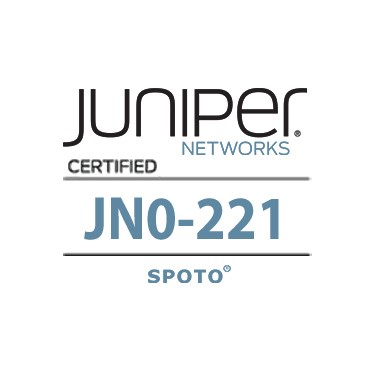
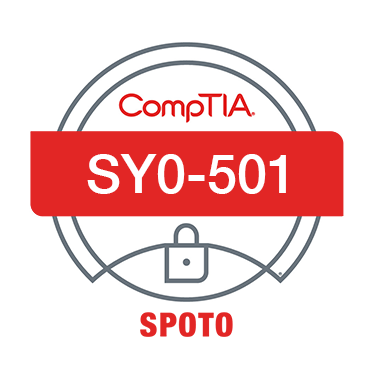
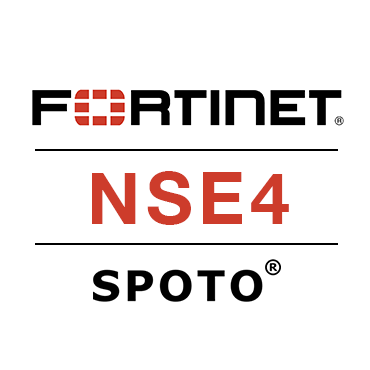
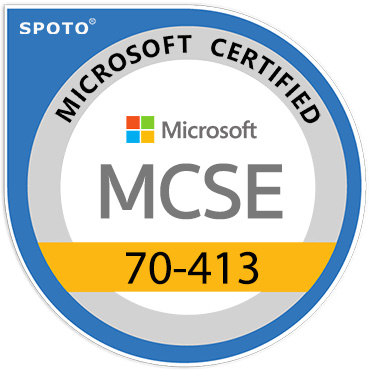



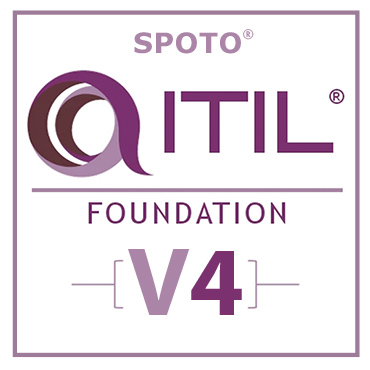
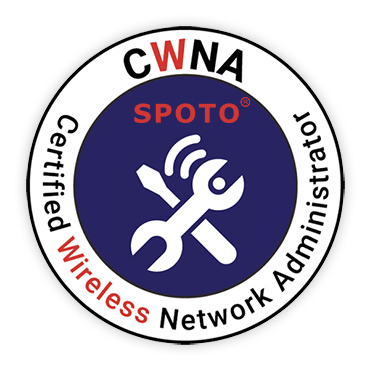




Comments